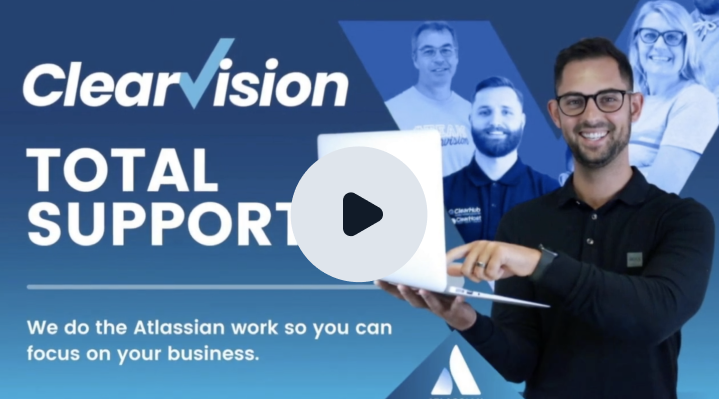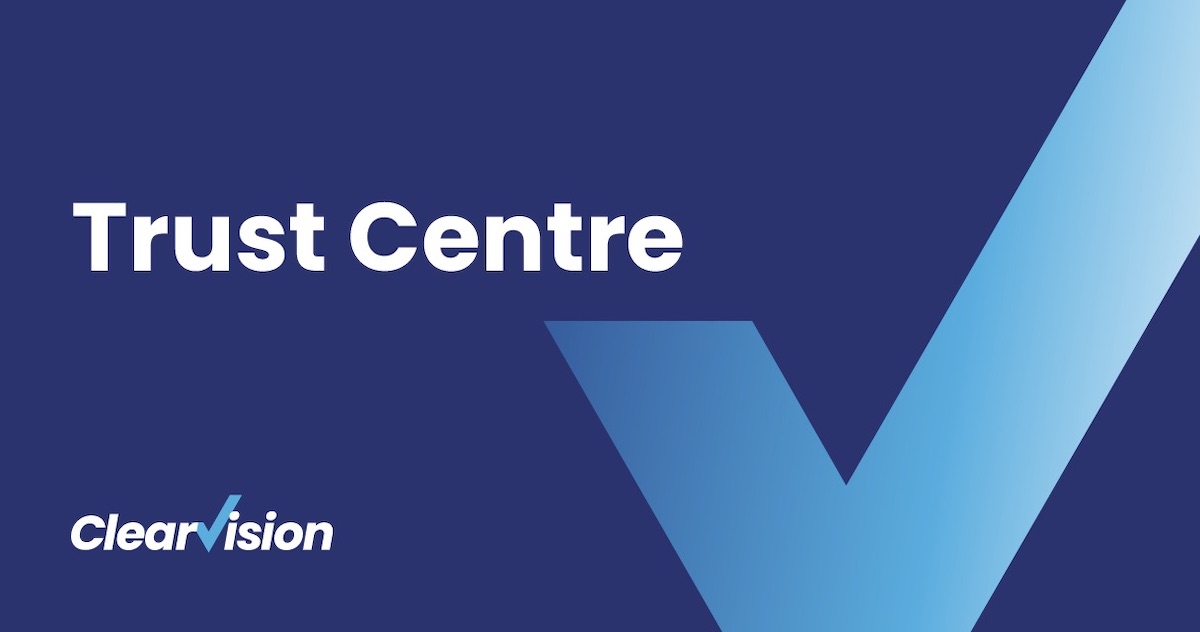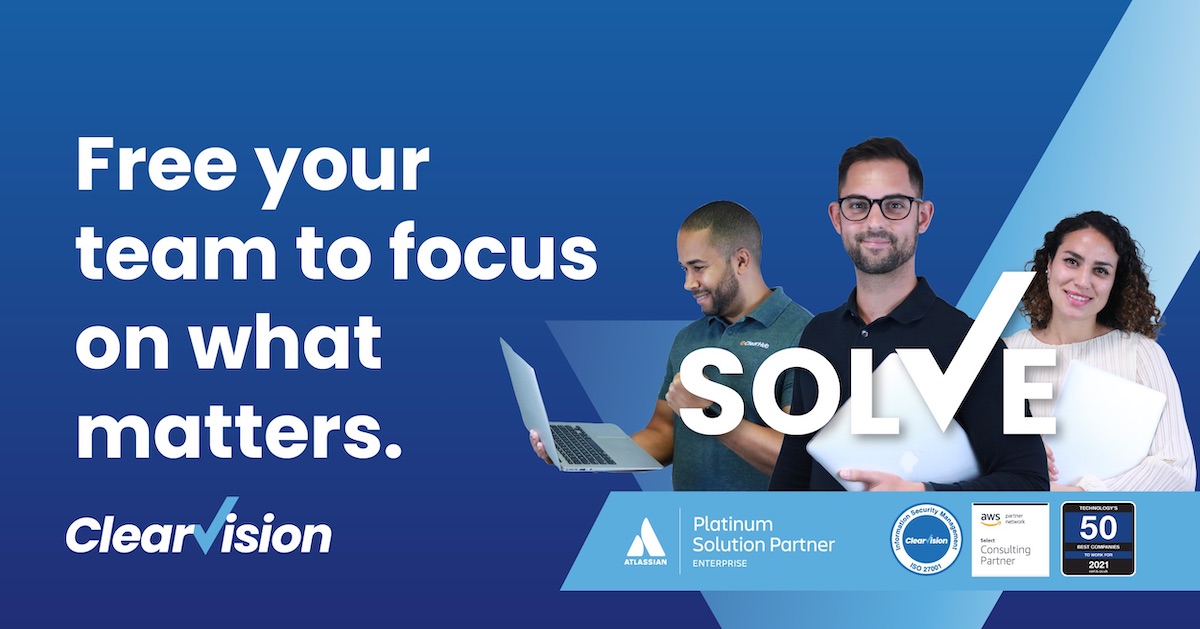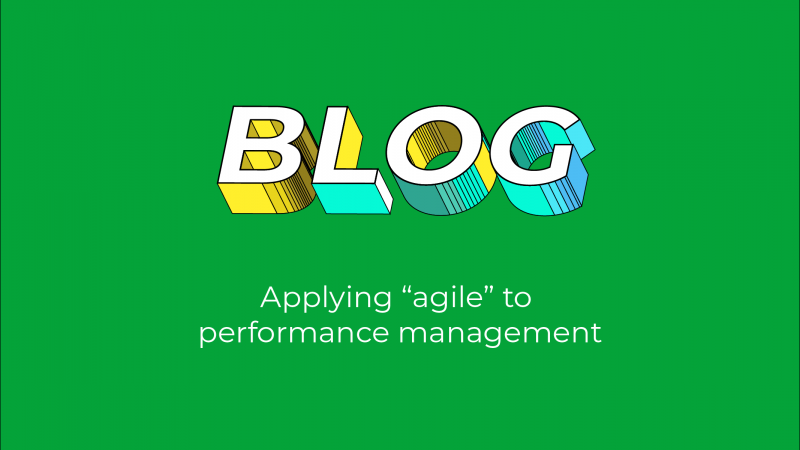If Marc Andreessen is right in believing ‘Software is eating the world’ then it wouldn’t really be a stretch of imagination if we said ‘Agile is eating the software development world’. Recently there has been lot of discourse over the Agile software development processes and the adoption has been mindblowing.
JIRA has long been regarded as the leading agile project management tool. More than this, it has now positioned itself for adoption beyond software development teams with the launch of JIRA Core & Software.
With it possible (and advisable) to now have all teams garrisoned in JIRA, it is high time we also began to manage even their performance applying the agile development model and not only a few select software projects. Rather than rely on an outdated yearly goal setting and feedback processes, set up a robust process for iterative development of skills and inch by inch progress towards goals.
Key Elements of Traditional Performance Management
Goal setting and performance appraisals form the core of a traditional performance management model. Any performance management process should result in not only individual skills betterment but also an overall positive impact on the company goals.
Traditionally one year has always been the frequency of setting up goals and conducting reviews. There are typical problems with such a system:
- Lengthy durations take away the seriousness from this process
- Team members inevitably associate this with pay raises
- Because of rapid advances in technology, the business landscape changes are so fast that it is almost impossible to have the same company goals over a year.
It’s much easier to address these shortcomings if your goal setting and performance reviews take place in JIRA. This brings more agility and feedback that is more continuous in nature. Feedback could come with every sprint, or be on a monthly basis – whichever suits your culture!
That’s the underlying philosophy of UpRaise for Employee Success, an add-on for JIRA.
Here is how UpRaise enhances JIRA and allows for agile performance management.
Agile Performance Management
Objectives Management
JIRA is fundamentally designed for helping teams keep track of their short term projects. While the immense flexibility that JIRA has to offer means it is always possible to tweak it into a long term goals management system, it is not purpose built for that.
UpRaise, inspired by the OKRs philosophy (brought to fame by Google, Intel adoption) helps organisations set objectives at three different levels: Company, Team & Individual. Each of these objectives can have corresponding key results which are simple to do items, sophisticated metrics or even JIRA issues. Interlinking of the objectives at different levels helps employees understand their contribution to the overall company goals.
There are obvious advantages when it comes to managing goals within JIRA:
- Since goals are available within the system of daily use (i.e. JIRA) there is less friction in adoption
- Linking of JIRA issues to OKRs helps individual contributors immediately relate to the bigger picture
- Visibility and transparency lead to enhanced interactions as well as collaboration
Continuous Feedback
Why not provide real time feedback to your colleagues when they finish working on a JIRA issue? Or why not gather feedback for all the individual contributors at the end of every sprint? After all, continuous improvement is at the core of Agile development principles!
With UpRaise, JIRA can be extended to provide as well as request feedback. This feedback may or may not be associated with a JIRA issue. Feedback acts as small snippets of insight into how someone is performing, and make it simpler to celebrate small achievements, offer coaching and so on.
The gist of the matter is:
- There is no better way to emphasise continuous improvements than real time feedback
- Feedback and coaching end up in making actual improvements only when they are detached from financial rewards
- Contextual feedback is more and effective than the feedback which is in isolation and often comes a long time after the fact
Performance Reviews
Performance evaluations are vulnerable to a number of psychological biases. These typically creep up when the appraisal process is lengthy and boring, but just imagine not having to fill out a lengthy appraisal form at the end of the year, because you’ve already gathered the data you need thanks to continuous feedback. And what if you also had a handy list of issues that your direct report worked on in the review period! This not only creates a much easier process. It also creates one which is closer to reality, devoid of any biases.
While the Form builder in UpRaise lets you conduct 360 degree feedback reviews with ease, it also makes the whole process more streamlined, with quick access to next steps, automated reminders and birds eye views.
With JIRA getting even better for converging all your business processes, it’s time to move away from archaic performance management systems that work in a world of their own. Adopt agile performance management in addition to agile project management in JIRA with UpRaise for Employee Success.
clearvisionwebmaster
Atlasssian expert resources
Visit our blog for expert news and articles from the Atlassian world. On our resources page you will find recorded webinars, white papers, podcasts, videos and more.
The Software Blog
Read our blog for articles offering best practice advice written by Atlassian experts, as well as the latest news concerning your software.
Software White Papers and Guides
Dive deep into Atlassian software with our white papers and guides on individual tools, partner products, services, and best practices, written by the experts.
Expert Webinars
All of our webinars are pre-recorded and available to watch on-demand. Enjoy everything from partner features to application demos and updates from Atlassian experts.
















